Glacier Bay is a vast national park in southeastern Alaska. It is sometimes mistaken for the similarly named Glacier, which is located, notably, in Montana. Both parks share several characteristics: they are mountainous, border Canada, and are brimming with breathtaking scenery. However, the temperatures in wild Alaska are notably lower.

Table of Contents
- Information About Glacier Bay National Park
- What to See and Do in Glacier Bay National Park
- When to Go to Glacier Bay National Park
- Glacier Bay National Park Entrance Fees
- How to Get to Glacier Bay National Park
- Lodging in Glacier Bay National Park
- Advice and Recommendations Before Traveling to Glacier Bay National Park
- Photos of Glacier Bay National Park
Information About Glacier Bay National Park
Glacier Bay National Park was established on December 2, 1980 (along with other Alaskan parks) to provide protection for the local wildlife. As the park’s name suggests, it is dominated by glaciers, the most renowned of which are Muir Glacier, Margerie Glacier, Lamplugh Glacier, and Grand Pacific Glacier in the west of the park. The area around Glacier Bay was first discovered by British Army officer George Vancouver in 1794. At that time, it was completely covered in ice, but it has since retreated more than 65 mi.
Spanning 5,037 sqmi, Glacier Bay is one of the largest national parks in the USA. The park welcomes half a million visitors each year. The highest point in the park is Mount Fairweather, at 15,325 ft, located near the Pacific coast on the border between the USA and Canada.
The most prevalent wildlife in Glacier Bay includes black and grizzly bears, elk, deer, chamois, wolves, red lynx, and sea otters. Additionally, the cool waters off the park’s coast are home to 200 species of fish, humpback whales, and killer whales.
What to See and Do in Glacier Bay National Park
Glacier Bay is primarily about glaciers.
It’s about the sound when a chunk of ice breaks off and plunges into the icy water with a colossal thud, a phenomenon known as calving in English. It’s captivating to observe, reminiscent of a giant dome of icing sugar shattering. Most visitors travel to the park by cruise ship and watch the crumbling icebergs from the safety of the deck.
The water body makes up a large part of Glacier Bay National Park, making kayaking one of the most popular activities. You can rent a kayak from Glacier Bay Sea Kayaks in the village of Gustavus. A double kayak rental for the day costs $75. With the same company, you can take a full-day guided kayak trip – suitable for less experienced paddlers.
The Alsek River and Tatshenshini River offer a challenge for wild water enthusiasts. Both originate deeper inland, with the starting point typically being Dalton Post in Canada near the Haines Highway.
What would a visit to a national park be without hiking? The starting point is the only built-up area in Glacier Bay – Bartlett Cove. You can hike along the shoreline or one of the four official trails:
Forest Trail
The 1 mi loop can be completed in half to one and a half hours. It begins at the visitor center car park and passes through rainforest and beach, over dirt and gravel.
Bartlett River Trail
A bit more challenging, this 4 mi loop can be completed in four to five hours. It will take you along the coastal lagoon, through a spruce-fir forest, and to the Bartlett River. Lucky visitors may spot coyotes, elk, bears, otters, or seals along the way.
Bartlett Lake Trail
The most challenging trail in Glacier Bay National Park is nearly 8 mi long and requires 7-8 hours of walking. Initially following the same route as the Bartlett River Trail, it diverges after 1,312 ft (at the signpost). It is the least maintained of all the trails, so be cautious not to stray off the path. Curious squirrels will keep you company, so pack plenty of food and water.
Tlingit Trail
A shorter trail, just 2,625 ft long, stretches along the wooded coastline. It runs very close to Glacier Bay Lodge and offers quite nice views of the surrounding area.
If you have a good command of English, you can participate in one of the ranger-organized programs. A 1.5-hour guided hike through the park, walking along the Forest Trail, begins at 2:00 pm each day in the lobby of the Bartlett Cove Information Center.
When to Go to Glacier Bay National Park
Glacier Bay National Park is accessible year-round. The park’s season starts in late May and continues through early September, with most visitors coming to the park in July.
The area has a typical oceanic climate with little temperature fluctuation. Glacier Bay is not nearly as cold as another Alaskan park, Gates of the Arctic. Temperatures in the summer typically range between 46 °F–59 °F, and in the winter months of November through February, they hover just below freezing. At higher elevations, it’s even colder.
Good rain protection is essential when visiting the park. It rains or snows here nearly all year round, with the heaviest rainfall in September and October, while the driest months are May and June.
Average Temperatures and Visitor Numbers in Glacier Bay National Park
Average temperatures in Glacier Bay National Park. Visitor numbers are based on a 2017-2021 average, data source is the National Park Service.
| Max Temp | Min Temp | Precipitation Days | Visitors | Popularity | |
|---|---|---|---|---|---|
| January | 36 °F | 25 °F | 18.9 | 173 | 🟩 |
| February | 37 °F | 27 °F | 15.3 | 173 | 🟩 |
| March | 41 °F | 28 °F | 15.4 | 177 | 🟩 |
| April | 48 °F | 34 °F | 14.7 | 1 395 | 🟩 |
| May | 55 °F | 39 °F | 13.7 | 83 109 | 🟥🟥🟥🟥 |
| June | 61 °F | 46 °F | 13.0 | 97 490 | 🟥🟥🟥🟥 |
| July | 63 °F | 50 °F | 14.0 | 106 182 | 🟥🟥🟥🟥 |
| August | 63 °F | 50 °F | 16.5 | 110 648 | 🟥🟥🟥🟥 |
| September | 57 °F | 45 °F | 19.3 | 82 955 | 🟥🟥🟥🟥 |
| October | 48 °F | 37 °F | 21.4 | 2 726 | 🟩 |
| November | 39 °F | 30 °F | 19.4 | 200 | 🟩 |
| December | 36 °F | 27 °F | 19.3 | 173 | 🟩 |
Glacier Bay National Park Entrance Fees
Admission to Glacier Bay National Park is free, as is the case with other parks in Alaska. Additionally, there is no cost for a camping permit on park premises, but you must obtain one and complete safety training.
How to Get to Glacier Bay National Park
The closest major city to Glacier Bay National Park is Juneau. From both Europe and Asia, you can reach it with one stopover, usually in Seattle.
You can travel from Juneau to Glacier Bay either by air taxi or ferry. For instance, SeaPort Airlines offers flights from Juneau to the tiny Gustavus Airport near the park during summer. Ferries, on the other hand, are operated by AMHS Sailing. A one-way boat ticket between Juneau and the Gustavus settlement costs $55.
Please note that there is no road leading directly into Glacier Bay National Park. The only available road connects Gustavus and Bartlett Cove. In Gustavus, a car rental and a taxi service are available.
Kayaking is the most popular mode of transportation within the park, with the usual starting point being Bartlett Cove. You don’t need to bring your own kayak, as rentals are available onsite.
Lodging in Glacier Bay National Park
🏨 Hotels
There are no hotels directly within the national park. However, a few lodges in the aforementioned Gustavus offer accommodations. There is also a cottage in Bartlett Cove.
⛺ Campsites
A campground is available near the dock at Bartlett Cove. You can stay overnight for free, provided you obtain a free permit at the information center. The maximum stay at the campsite is 14 days.
For those seeking adventure, camping out in the wild is also permitted, again, provided you obtain a permit and complete free wilderness training.
Advice and Recommendations Before Traveling to Glacier Bay National Park
ℹ️ Visitor Center
I recommend starting your park visit at the visitor center. There, you can obtain a camping permit, purchase souvenirs, or chat with park rangers. The center is located near the public dock at Bartlett Cove. It is open daily from late May to early September, from 10:30am to 8pm.
👍 Good to Know
Do not underestimate the need for food while traversing the park. I recommend getting provisions at the Gustavus settlement; the only place to get food inside the park is at the Glacier Bay Lodge. They serve food all day, but prices may be higher than expected.
As for packing, be sure to include several warm layers of clothing, at least one of which should be waterproof. Rain and snow are common in Glacier Bay, and it can be unpleasant to hike through the wilderness while soaked. If you plan to venture into the wilderness alone, it’s a good idea to familiarize yourself with bear safety practices. While it may seem unlikely, bear attacks do occur. The basic advice is to sing, talk, and make noise, which usually scares bears away.
For maps, safety tips, information, and more, check out the free brochures offered by the park service. I recommend downloading and saving them to your mobile phone for easy access.
Photos of Glacier Bay National Park
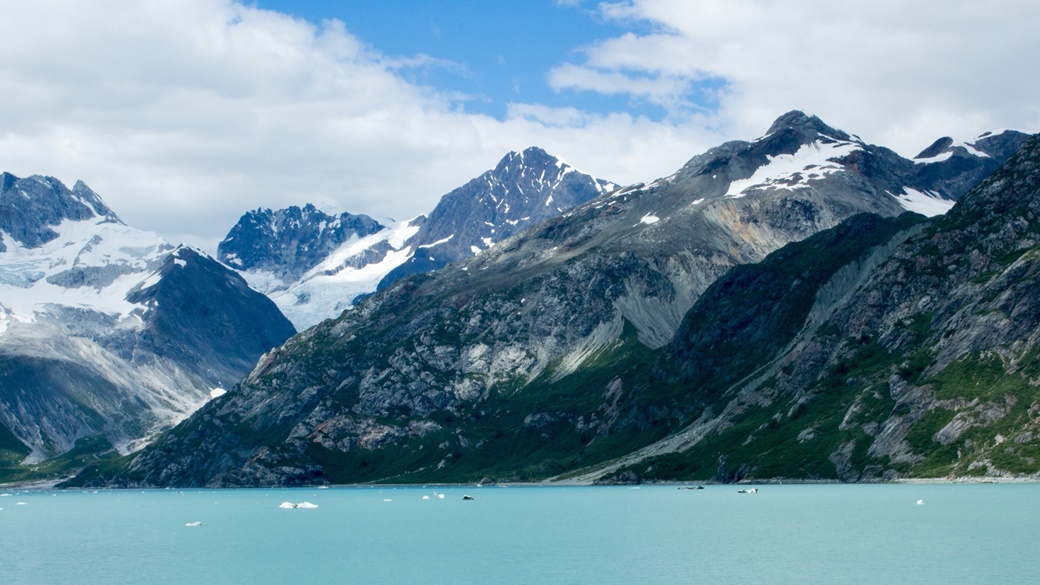
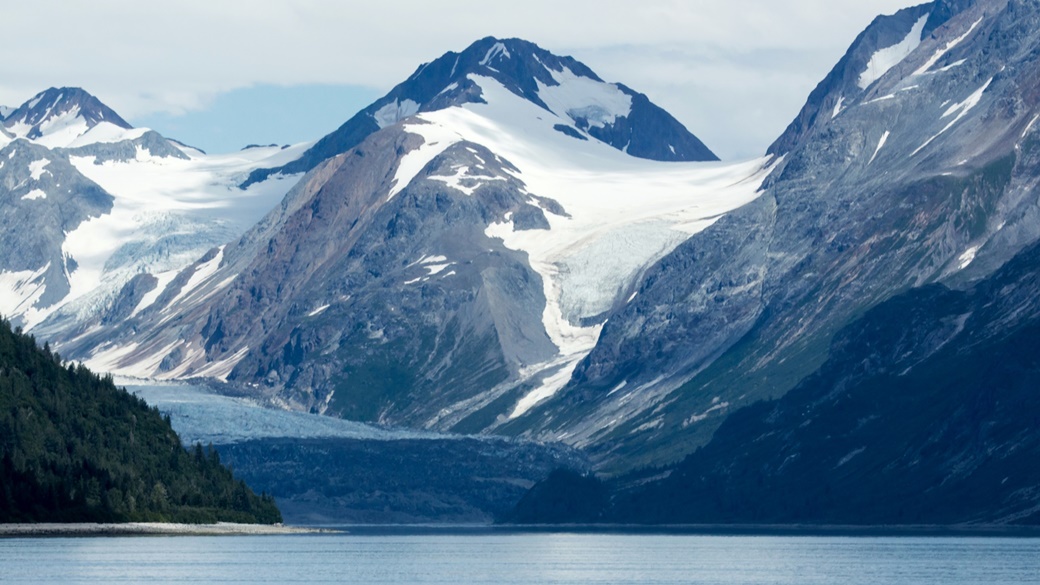
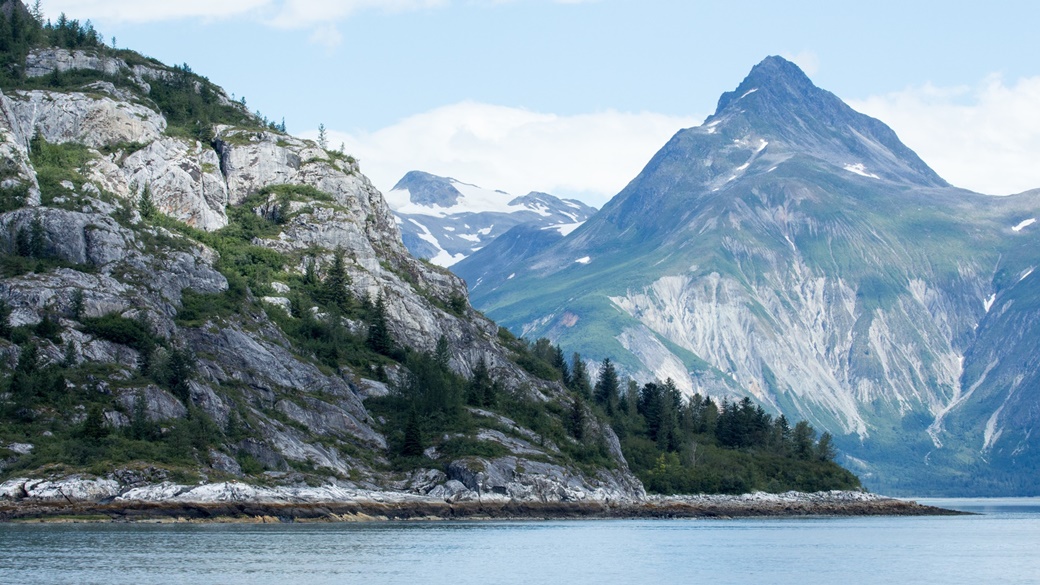
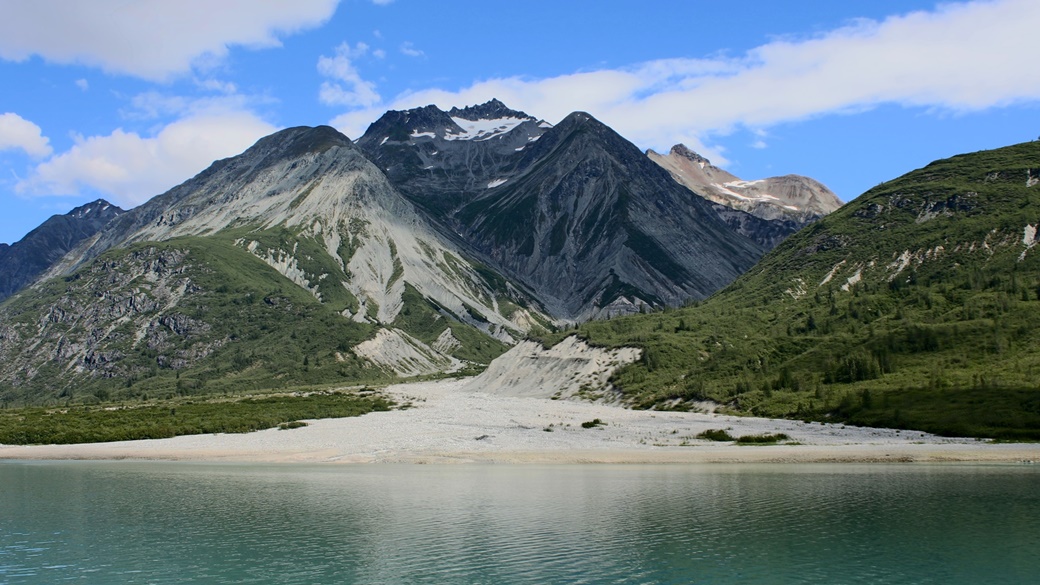
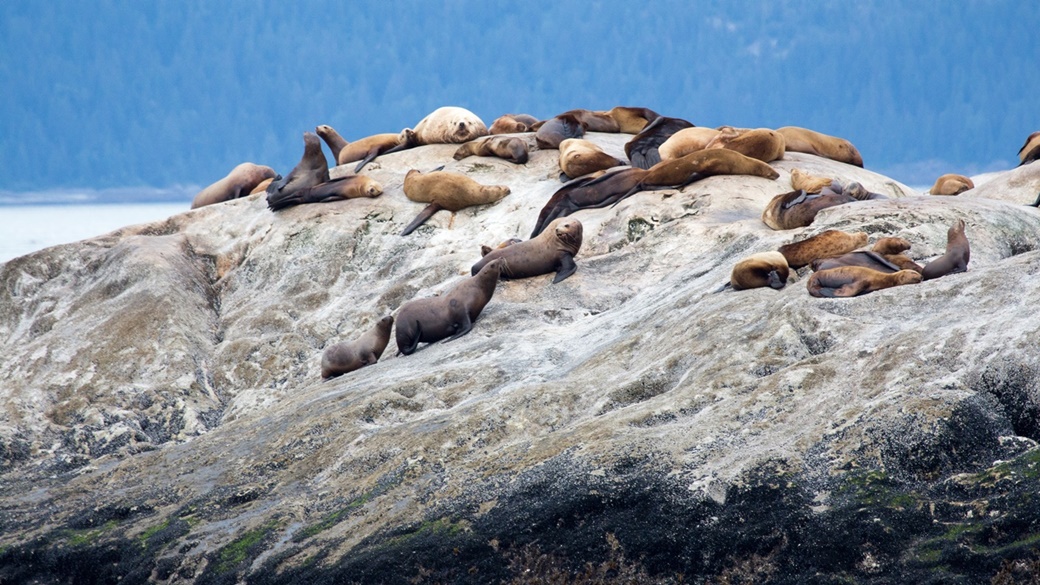
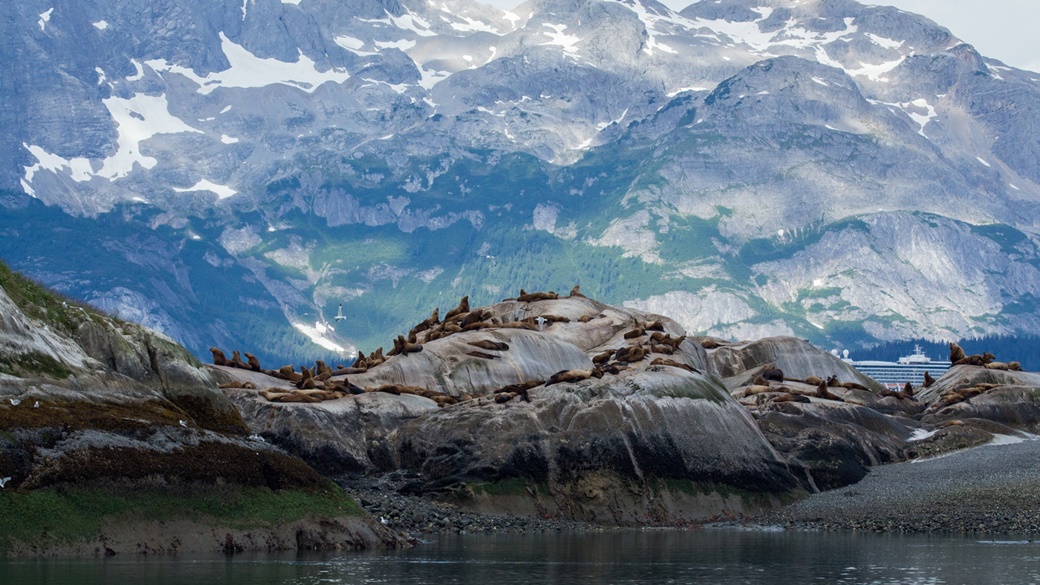
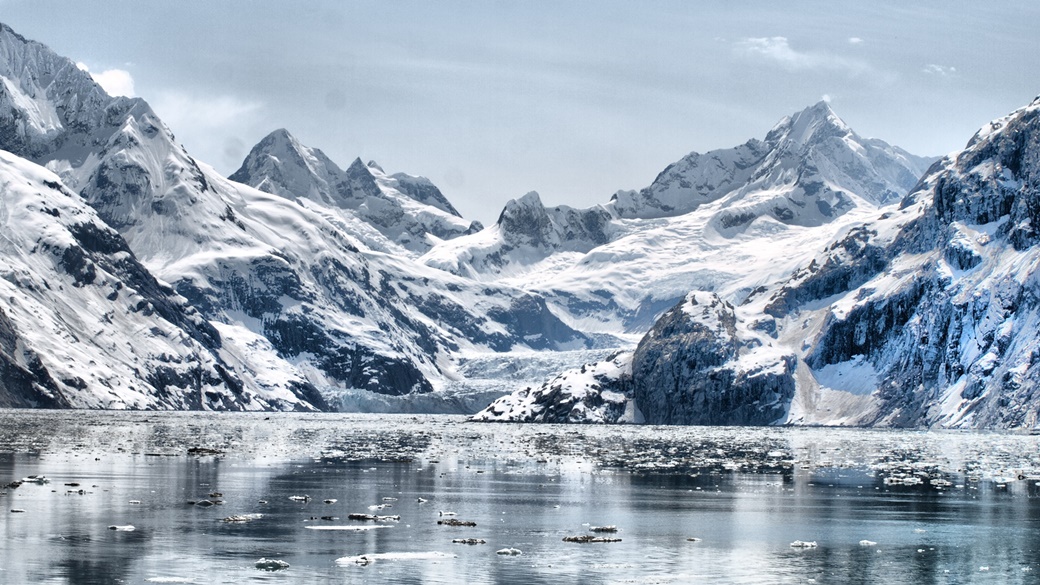
US National Parks
- National Parks of the USA – Map, List and Annual Pass
- America the Beautiful Pass 2025 – How It Works, Cost & Parks
- Timed-Entry Reservation for US National Parks (2025 GUIDE)
Travel Guides to USA National Parks

 10 Best Photo Places in the USA
10 Best Photo Places in the USA
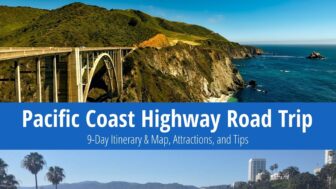



Contribute with Your Question or Personal Experience